Starfish Larvae, Like Other Microorganisms, Use Tiny Hair-like Cilia To Move The Fluid Around Them. By

Starfish larvae, like other microorganisms, use tiny hair-like cilia to move the fluid around them. By beating these cilia in opposite directions on different parts of their bodies, the larvae create vortices, as seen in the flow visualization above. The starfish larvae don’t use these vortices for swimming – to swim, you’d want to push all the fluid in the same direction. Instead the vortices help the larvae feed. The more vortices they create, the more it stirs the fluid around them and draws in algae from far away. The larvae actually switch gears regularly, using few vortices when they want to swim and more when they want to eat. Check out the full video below to see the full explanation and more beautiful footage. (Image/video credit: W. Gilpin et al.)
More Posts from Evisno and Others



HIV virus particle, budding influenza virus and HIV in blood serum as illustrated by David S. Goodsell.
Goodsell is a professor at the Scripps Research Institute and is widely known for his scientific illustrations of life at a molecular scale. The illustrations are usually based on electron microscopy images and available protein structure data, which makes them more or less accurate. Each month a new illustrated protein structure can be found in Protein Data Bank molecule of the month section and you can read more on how his art is made here.

Transit of Venus
js
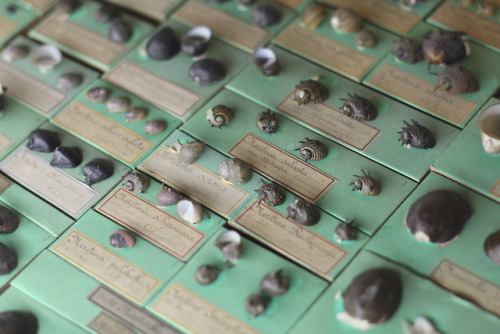
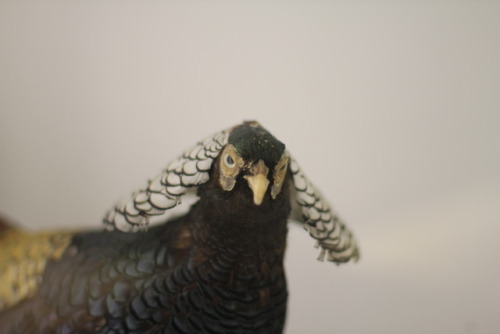
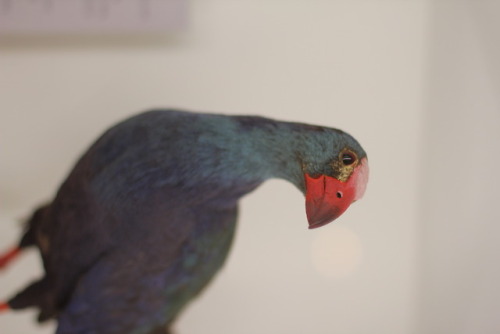
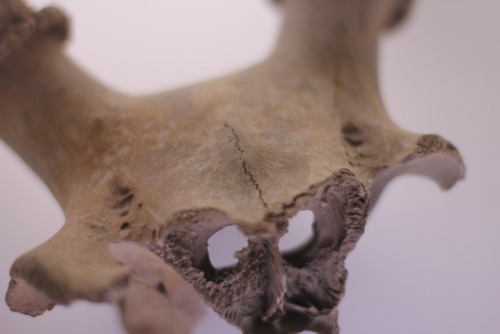
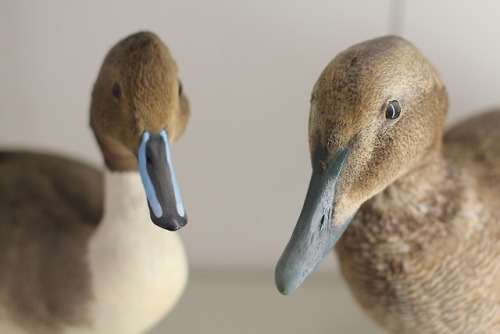
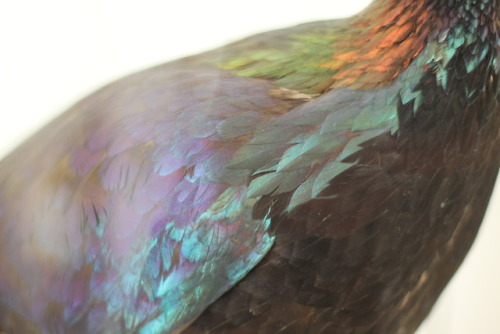

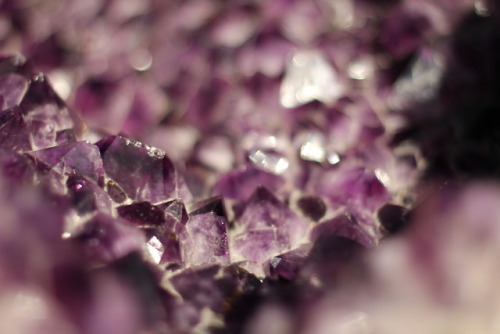
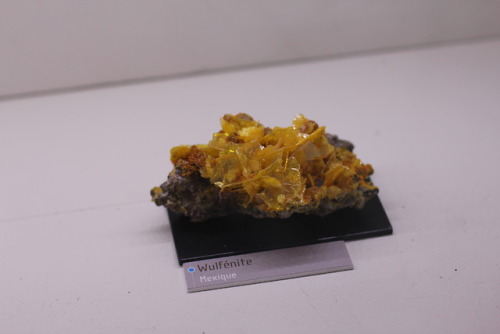
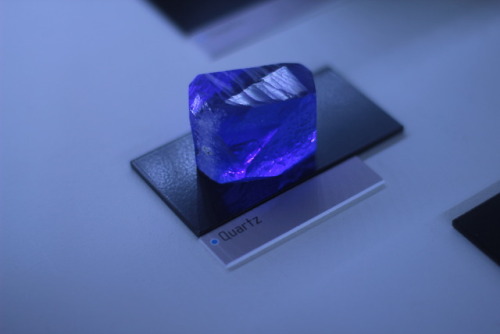
I visited Nantes’ Natural History Museum.

WORKING ON CHRISTMAS: While the beautiful Earth looms in the background, astronaut Steven Smith stands on the mobile foot restraint at the end of the remote manipulator system as he makes repairs to the Hubble Space Telescope, Dec. 24-25, 1999. (NASA)





Nearly every day Cassini sends back something amazing to sit and wonder at.
1) Saturn’s rings, 15 July 2014
2) Tethys / Saturn’s rings 14 July 2014
3) Disk of Saturn 14 July 2014
4) Prometheus / F Ring 13 July 2014
5) Pan in the Encke Gap 13 July 2014
All raw and unprocessed images from saturn.jpl.nasa.gov

A Glowing Pool Of Light
"NGC 3132 is a striking example of a planetary nebula. This expanding cloud of gas, surrounding a dying star, is known to amateur astronomers in the southern hemisphere as the "Eight-Burst" or the "Southern Ring" Nebula.
The name “planetary nebula” refers only to the round shape that many of these objects show when examined through a small visual telescope. In reality, these nebulae have little or nothing to do with planets, but are instead huge shells of gas ejected by stars as they near the ends of their lifetimes. NGC 3132 is nearly half a light year in diameter, and at a distance of about 2000 light years is one of the nearer known planetary nebulae. The gases are expanding away from the central star at a speed of 9 miles per second.
This image, captured by NASA’s Hubble Space Telescope, clearly shows two stars near the center of the nebula, a bright white one, and an adjacent, fainter companion to its upper right. (A third, unrelated star lies near the edge of the nebula.) The faint partner is actually the star that has ejected the nebula. This star is now smaller than our own Sun, but extremely hot. The flood of ultraviolet radiation from its surface makes the surrounding gases glow through fluorescence. The brighter star is in an earlier stage of stellar evolution, but in the future it will probably eject its own planetary nebula”
Credit: The Hubble Heritage Team

Saturn’s hexagon is a hexagonal cloud pattern that has persisted at the North Pole of Saturn since its discovery in 1981. At the time, Cassini was only able to take infrared photographs of the phenomenon until it passed into sunlight in 2009, at which point amateur photographers managed to be able to photograph it from Earth.
The structure is roughly 20,000 miles (32,000 km) wide, which is larger than Earth; and thermal images show that it reaches roughly 60 miles (100 km) down into Saturn’s interior.
Read an explanation of how Saturn’s hexagon works here: [x]










Portraits of birds by Laila Jeffreys
‘아렌델’은 빅뱅 이후 첫 10억년 이내에 존재했던 별입니다. 우리 지구에 닿기까지 129억년이나 걸린 것이지요!
우리 태양보다 적어도 50배 크고, 몇백만 배 밝아요. 평소에는 지구에서 볼 수 없지만, 우리와 ‘아렌델’ 사이에 있는 은하단이 렌즈 역할을 했습니다!
A View into the Past

Our Hubble Space Telescope just found the farthest individual star ever seen to date!
Nicknamed “Earendel” (“morning star” in Old English), this star existed within the first billion years after the universe’s birth in the big bang. Earendel is so far away from Earth that its light has taken 12.9 billion years to reach us, far eclipsing the previous single-star record holder whose light took 9 billion years to reach us.
Though Earendel is at least 50 times the mass of our Sun and millions of times as bright, we’d normally be unable to see it from Earth. However, the mass of a huge galaxy cluster between us and Earendel has created a powerful natural magnifying glass. Astronomers expect that the star will be highly magnified for years.
Earendel will be observed by NASA’s James Webb Space Telescope. Webb's high sensitivity to infrared light is needed to learn more about this star, because its light is stretched to longer infrared wavelengths due to the universe's expansion.
-
 hoennprincess liked this · 2 years ago
hoennprincess liked this · 2 years ago -
 themagiclantern liked this · 3 years ago
themagiclantern liked this · 3 years ago -
 techjum reblogged this · 4 years ago
techjum reblogged this · 4 years ago -
 jmdj reblogged this · 5 years ago
jmdj reblogged this · 5 years ago -
 jmdj liked this · 5 years ago
jmdj liked this · 5 years ago -
 brokentoothonhip reblogged this · 5 years ago
brokentoothonhip reblogged this · 5 years ago -
 williamotule reblogged this · 7 years ago
williamotule reblogged this · 7 years ago -
 williamotule liked this · 7 years ago
williamotule liked this · 7 years ago -
 juguini reblogged this · 7 years ago
juguini reblogged this · 7 years ago -
 juguini liked this · 7 years ago
juguini liked this · 7 years ago -
 not-huitzilopochtli liked this · 8 years ago
not-huitzilopochtli liked this · 8 years ago -
 nekoisadumbname liked this · 8 years ago
nekoisadumbname liked this · 8 years ago -
 r2b2grady liked this · 8 years ago
r2b2grady liked this · 8 years ago -
 mytheetarecold reblogged this · 8 years ago
mytheetarecold reblogged this · 8 years ago -
 sphericalterrain reblogged this · 8 years ago
sphericalterrain reblogged this · 8 years ago -
 grungletungus reblogged this · 8 years ago
grungletungus reblogged this · 8 years ago -
 grungletungus liked this · 8 years ago
grungletungus liked this · 8 years ago -
 xephii reblogged this · 8 years ago
xephii reblogged this · 8 years ago -
 casv-sjhj liked this · 8 years ago
casv-sjhj liked this · 8 years ago -
 neon-ceiling reblogged this · 8 years ago
neon-ceiling reblogged this · 8 years ago -
 paolamontano93 liked this · 8 years ago
paolamontano93 liked this · 8 years ago -
 massivelyclearinfluencer reblogged this · 8 years ago
massivelyclearinfluencer reblogged this · 8 years ago -
 sixslugs reblogged this · 8 years ago
sixslugs reblogged this · 8 years ago -
 ottotrophic reblogged this · 8 years ago
ottotrophic reblogged this · 8 years ago -
 bumbass69 reblogged this · 8 years ago
bumbass69 reblogged this · 8 years ago -
 cptprocrastination reblogged this · 8 years ago
cptprocrastination reblogged this · 8 years ago -
 archipithecus liked this · 8 years ago
archipithecus liked this · 8 years ago -
 viergacht liked this · 8 years ago
viergacht liked this · 8 years ago -
 pinkprogram reblogged this · 8 years ago
pinkprogram reblogged this · 8 years ago -
 pinkprogram liked this · 8 years ago
pinkprogram liked this · 8 years ago -
 danbensen reblogged this · 8 years ago
danbensen reblogged this · 8 years ago -
 i-am-tolkien-locked liked this · 8 years ago
i-am-tolkien-locked liked this · 8 years ago -
 beguilingbiology reblogged this · 8 years ago
beguilingbiology reblogged this · 8 years ago -
 archbykentalope liked this · 8 years ago
archbykentalope liked this · 8 years ago -
 marinebioblog reblogged this · 8 years ago
marinebioblog reblogged this · 8 years ago -
 never-seen-a-nevergreen reblogged this · 8 years ago
never-seen-a-nevergreen reblogged this · 8 years ago -
 here-there-be-whales reblogged this · 8 years ago
here-there-be-whales reblogged this · 8 years ago -
 lizasaurusflex reblogged this · 8 years ago
lizasaurusflex reblogged this · 8 years ago -
 trustmeima-biologist reblogged this · 8 years ago
trustmeima-biologist reblogged this · 8 years ago -
 hero529 liked this · 8 years ago
hero529 liked this · 8 years ago -
 heir2nothing liked this · 8 years ago
heir2nothing liked this · 8 years ago -
 wepon reblogged this · 8 years ago
wepon reblogged this · 8 years ago -
 thatonefuzzycroc reblogged this · 8 years ago
thatonefuzzycroc reblogged this · 8 years ago -
 thatonefuzzycroc liked this · 8 years ago
thatonefuzzycroc liked this · 8 years ago -
 wepon liked this · 8 years ago
wepon liked this · 8 years ago